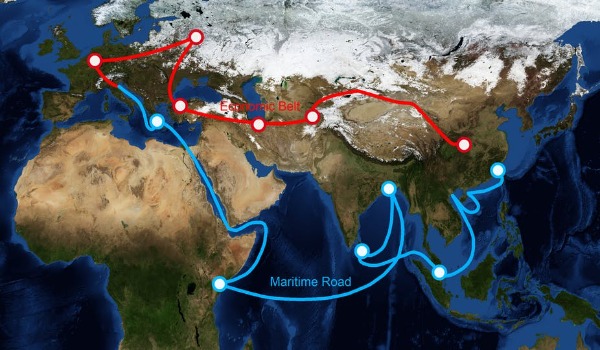China initiates strategy to reduce risk of its overseas development program BRI _ AidData
A US research institute says that China is taking steps to de-risk its Belt and Road Initiative, as the country is moving to outflank its competitors.
AidData, a research lab at William & Mary’s Global Research Institute, released a report on Monday saying it provides “evidence about the changing nature, scale and scope of China’s overseas development program.”
The report describes China as “the world’s largest official debt collector.” It says, “Total outstanding debt, including principal but excluding interest, from borrowers in the developing world to China is at least 1.1 trillion dollars.”
The report notes that 55 percent of China’s loans to low- and middle-income countries have already entered their principal payment periods, and that overdue repayments are soaring.
It says Beijing is putting in place stringent safeguards to shield itself from the risk of not being paid. The report says there were cases where exclusive accounts were created so that only China could withdraw funds if borrowers fell behind on their repayments.
The report added that creditors have also introduced stronger penalties for late repayments, and the maximum penalty interest rate has nearly tripled from 3 percent between 2014 and 2017, to 8.7 percent in the following four years.
AidData says the analysis is based on public online information about China and developing countries, interviews with thousands of government officials and debt data at finance ministries of developing countries.
State Department spokesperson Vedant Patel told reporters on Monday that efforts will continue to responsibly manage the bilateral relationship and ensure competition does not veer into conflict.
China’s Belt and Road Initiative (BRI) is an ambitious plan to develop two new trade routes connecting China with the rest of the world. But the initiative according to watchers is far more than infrastructure.
Initially, the Belt and Road Initiative was referred to as two separate projects, then as the ‘One Belt, One Road’ initiative and finally as the Belt and Road Initiative.
It is an effort to develop an expanded, interdependent market for China, grow China’s economic and political power, and create the right conditions for China to build a high technology economy.
One of the main motivations for the BRI most discussed internationally, is China’s rivalry with the US. The vast majority of Chinese international trade passes by sea through the Malacca strait off the coast of Singapore which is a major US ally. The initiative is integral to China’s efforts to create its own more secure trade routes.
There is no doubt that China’s intention is also to make participating nations interdependent with the Chinese economy, and thereby build economic and political influence for China. The Belt and Road framework provides an alternative market for China’s vast state-owned companies beyond the borders of China.
In this arrangement, China dispenses funding to other nations based purely on shared economic interests.




